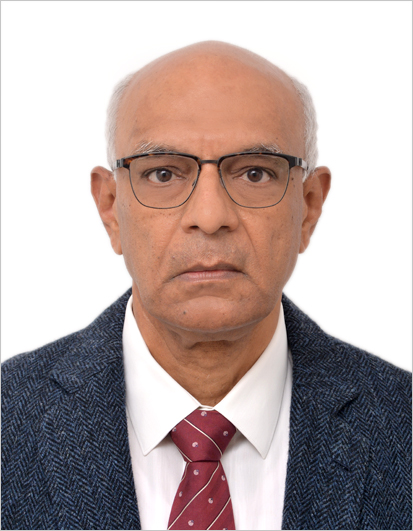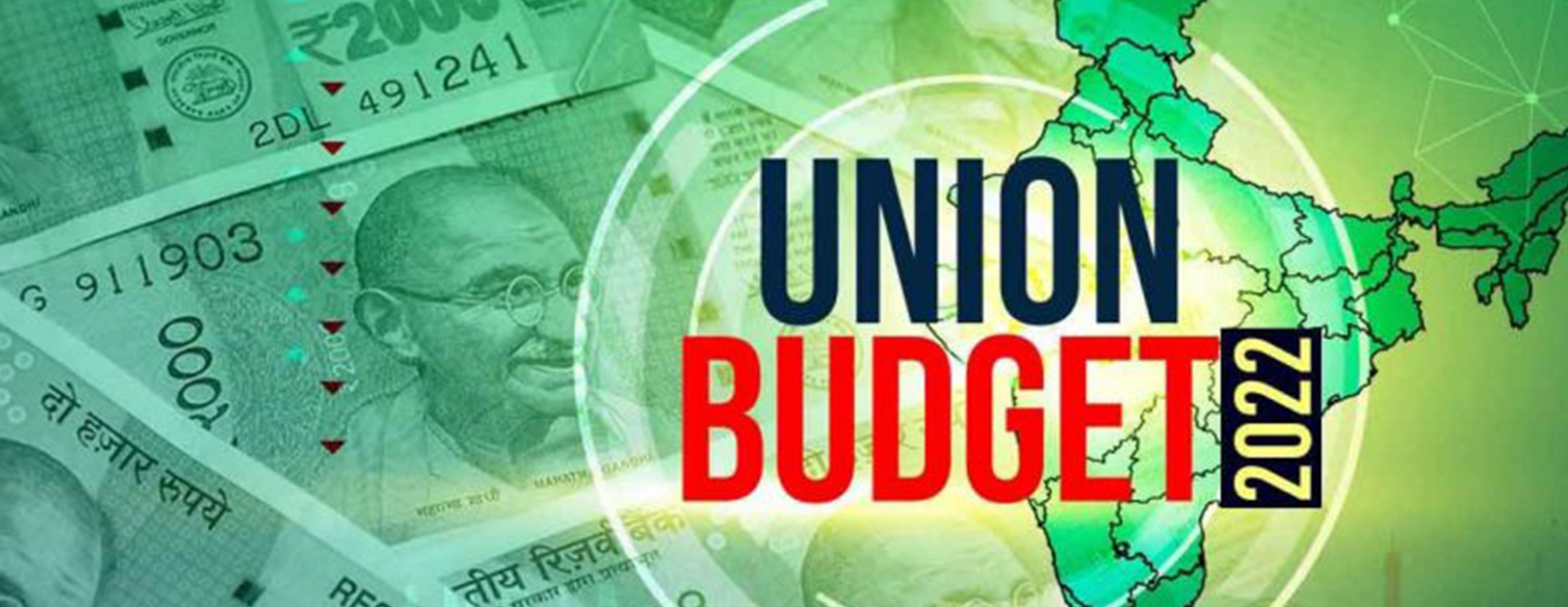
Setting the Context for Regulating the Telecommunications Sector
The Telecom Regulatory Authority of India (TRAI), an independent regulatory authority for the telecommunications sector was created by an Act of Parliament, the TRAI Act, 1997. The establishment of TRAI was a momentous event in India’s telecom development story.
Economic liberalisation ushered in significant changes to the telecom sector in India. Telecom transitioned from being a government monopoly to an industry with multiple private participants. The process of strengthening the telecom sector had begun in the early 1980s, with the creation of the National Electronics Policy, 1984 and the setting up of two corporatised entities – the Mahanagar Telephone Nigam Limited (MTNL) and the Videsh Sanchar Nigam Limited (VSNL). Until such time, the Department of Telecommunications (DoT) within the Ministry of Communications was the only service provider, since telecom was believed to be a “natural monopoly”. This change marked the beginning of the corporatisation of services previously only provided by a government department. In the early 1990s, the National Telecom Policy (1994) was announced. Among other things, it allowed private investment in basic telephone services for the first time in India. The constitutional validity of the 1994 policy was challenged on the ground that telecommunications, being a sensitive service, ought to remain under the exclusive control of the government. The Supreme Court of India upheld the policy and cited countries where telecommunications had been privatised and regulatory authorities had been established for the same.
As more private investment was allowed in the telecom sector in India, there were concerns of an unequal playing field between private service providers and DoT (as a service provider and policy maker). It was proposed that an independent and impartial sectoral regulator, at arm’s length from the government, should be established. This led to the inception of TRAI.
In its original form, TRAI was vested with administrative and adjudicatory functions. Its adjudicatory powers were, however, limited. For instance, it could not adjudicate disputes between DoT and other telecom players. Further, on the policy-making side, TRAI could only provide recommendations on significant aspects of telecom regulations and DoT was not obligated to seek the advice of TRAI. Officials of DoT were members of TRAI as well. While TRAI was a regulator and a dispute settlement body, DoT continued making policies for the sector. Expectedly, this led to a conflict between TRAI and the Ministry. There were also concerns about TRAI being able to execute its functions in an independent and impartial manner. In the year 1999, the New Telecom Policy was released. It clarified that DoT was one among the many providers in the telecom market and stated the government’s commitment to a “strong and independent regulator with comprehensive powers and clear authority to effectively perform its functions”.
With the objective of enabling the effective regulation of the telecom sector, the government amended the TRAI Act in the year 2000. This brought changes to TRAI’s regulatory remit. The Authority’s adjudicatory functions were shifted to the Telecom Disputes Settlement and Appellate Tribunal (TDSAT). The TRAI Act was amended to state that, both, TRAI and TDSAT will regulate telecommunication services, adjudicate disputes, dispose of appeals, and protect the interests of service providers and consumers of the telecom sector, with the aim of promoting and ensuring its orderly growth.
Powers and functions of TRAI
Section 11 of the TRAI Act specifies the powers and functions of the Authority. Broadly, the telecom regulator’s functions can be classified under the following heads:
● Making recommendations, either suo-moto on or request from the Government, on issues concerning licenses, competition and technological improvements, development of telecommunication technology, equipment used by service providers, and efficient spectrum management.
● Discharging functions relating to compliance with license conditions, technical compatibility and interconnection between service providers, revenue sharing arrangements between them, specifying the quality of services and conducting periodic surveys on services provided etc.
● Levying fees and other charges at rates specified by regulations.
● Notifying rates at which telecommunication services will be provided.
● Undertaking and performing any other functions as entrusted to it by the Central Government.
The recommendations provided by TRAI are not binding on the Central Government. With regard to recommendations pertinent to licensing issues, TRAI can request, and the Government is bound to provide, information/documents necessary for the purposes of making recommendations.
Under Section 35 and 36 of the Act, TRAI is empowered to make regulations consistent with the Act and the rules to carry out the provisions of the Act. It has issued regulations on consumer protection, grievance redressal system, mobile number portability, reporting systems, standards for quality of services, fees and charges levied etc. In addition to these legislative functions, it is also expected to perform executive functions involving information gathering, monitoring, and supervising the conduct of service providers. TRAI is vested with powers to call for information from service providers, appoint persons to make inquiries into their affairs, and inspect their books and accounts whenever necessary. It may also issue directions for the proper functioning of all service providers and for them to comply with its rules and regulations. While the adjudicatory functions of TRAI were moved to TDSAT, it still has some residual judicial powers to ensure effective enforcement. For instance, under Section 29 of the Act, the Authority has been given the power to impose penalties for the contravention of its directions and regulations.
Section 11 of the TRAI Act requires the Authority to ‘ensure transparency’ while exercising its powers and discharging functions. In view of such a requirement, TRAI has adopted good regulatory practices. For instance, it has developed a mechanism to promote stakeholder participation in, both, the regulation-making and recommendation-making processes. It issues a consultation paper laying out issues for discussion and invites public comments on it. The comments are released on the TRAI website. It also organises open house discussions and provides an opportunity for stakeholders to present their views in public and interact with TRAI officials. Another way in which it promotes transparency is by releasing ‘explanatory memorandums’ along-with regulations issued by it. These memorandums provide the rationale for the Authority’s regulatory interventions and decisions.
The definition of “telecommunication service” under the TRAI Act was revised, in the year 2000, to provide that the Central Government may expand TRAI’s mandate under the Act by broadening the definition to include any other service. In January 2004, broadcasting and cable services were added to TRAI’s mandate.
The telecom sector in India
India’s telecom sector is second only to China’s and is also among the fastest growing networks in the world. The market size is primarily driven by wireless networks. As per the quarterly TRAI Telecom Services Performance Indicators Report (July – September 2021), 98.19% of India’s 1.2 billion telecom subscribers are on wireless networks. Similarly, 97% of the subscriber base in internet services is on wireless networks. There has also been significant growth in the mobile services industry. Around a decade back, there were 10-14 mobile service providers in the country. This competition enabled the adoption of wireless services, and brought down tariffs. Data usage charges, however, are understood to have stayed high until the telecom market witnessed the disruptive entry of Reliance Jio. As per analysis done using TRAI Performance Indicators Reports, data prices saw an immediate decline from Rs. 180 per GB in September 2016 to Rs. 160 per GB in December 2016 and a drastic decline to Rs. 6.98 per GB in 2019. Simultaneously, many smaller players were acquired and the market presently has three large private sector operators – Reliance Jio, Vodafone-Idea and Airtel. These 3 private players together are understood to own almost 88% of the market.
The Indian telecom sector is now data-driven, predominantly due to lower tariffs, and easier accessibility and availability, however, it remains skewed in favour of urban dwellers. While India is touted to be one of the lowest priced telecom markets in the world, the focus ought to shift to the quality of these services. For instance, call drops are an indicator of poor service quality. It is understood that the drastic cut in tariffs which many operators were forced to introduce due to Reliance Jio’s extremely low tariffs, shrunk their revenue streams and led to lower investments in network infrastructure itself. The sectoral regulator is often criticised for focusing unduly on price based competition and not enough on longer-term consumer interests in terms of the quality of services.
In recent years, the industry debt burden has increased – primarily owing to spectrum acquisition and network upgradation. With the industry’s sustainable future at risk, some incumbents including the Cellular Operators Association of India (COAI) made a request to TRAI regarding the introduction of floor prices, i.e. a minimum amount of profit for telecom operators for an interim period in order to help them recover financially.
More generally, there has also been debate regarding ‘competition regulation’ in the telecom sector. While the TRAI Act empowers the regulator to undertake “measures to facilitate competition and promote efficiency in the operation of telecommunication services”, competition as a subject also falls under the direct regulatory ambit of the Competition Commission of India (CCI). In 2018, the Supreme Court of India ruled on the overlapping responsibilities of TRAI and CCI and decided that once the technical fact is determined by the sectoral regulator, then CCI can proceed to examine the anti-competitive nature of the agreement concerned.
As India’s telecom development story shifts focus to the quality of services offered, it must also find ways to address long-standing challenges such as the digital divide, which has further deepened due to the Covid-19 pandemic. In view of this, expanded telecom infrastructure capacity will be necessary. Further, for the quick adoption and roll out of the 5G technology, the challenge of high spectrum pricing will have to be resolved in the context of the overall health of the telecom industry. In addition to these, potential challenges in the form of bundling of services, pressures from online businesses etc. may require interventions in the future. In a fast-evolving sector such as telecom, the regulator will continue to play a tremendous role in straddling consumer expectations, investments, pricing, competition and the quality of telecommunication services in India.

















